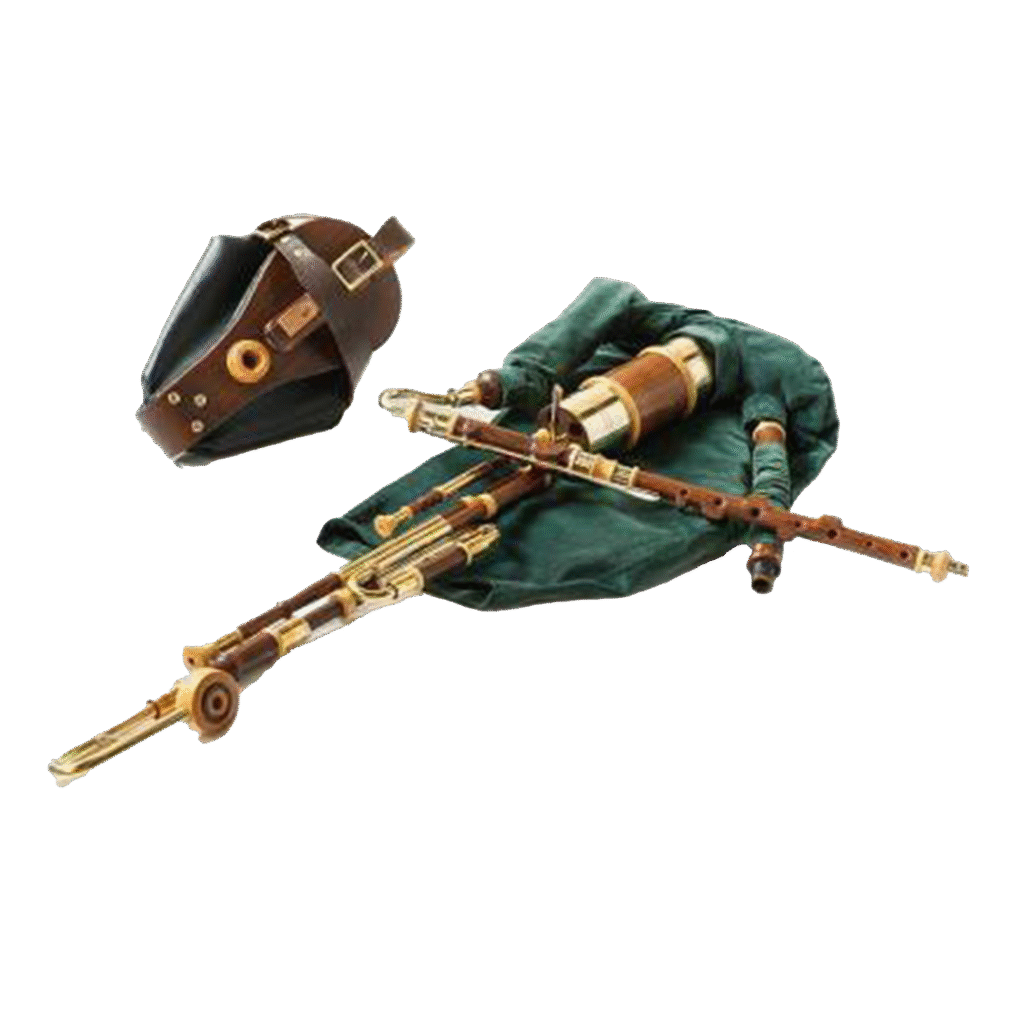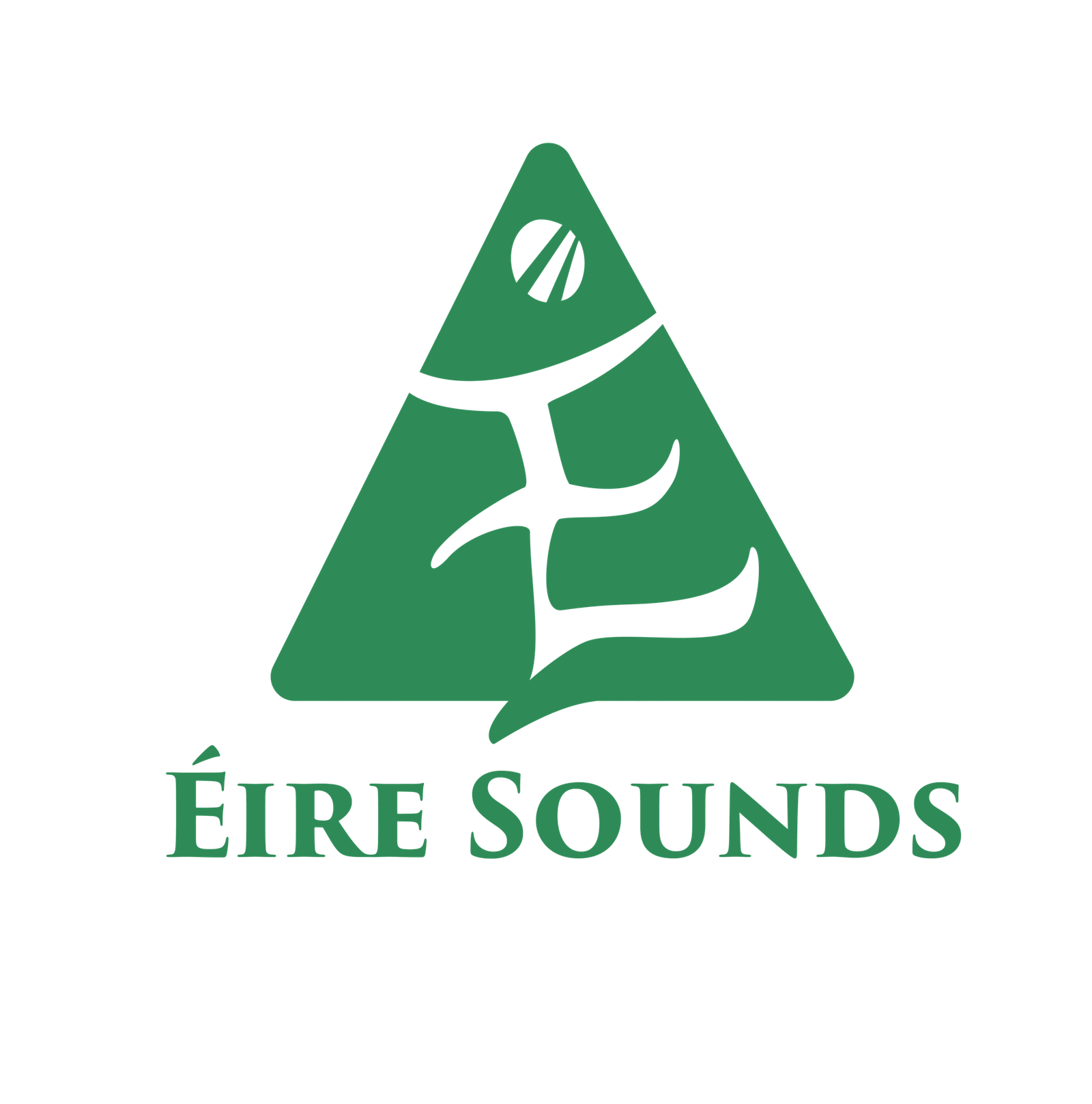- Description & Sound: Ireland’s characteristic bagpipe, bellows‑operated, with drones and regulators to add harmonic accompaniment and sustain (Wikipedia, The Irish Road Trip).
- How it’s played: Seated, using elbow‑pumped bellows to fill the bag; chanter for melody, drones for sustained notes, regulators for chords.
- Usage: Highly expressive instrument suited for slow airs and dance tunes; central in both concert and session contexts.
- Notable Musicians:
- Séamus Ennis, celebrated for his piping and preservation of thousands of tunes, was the co‑founder of Na Píobairí Uilleann (Wikipedia).
- Liam O’Flynn and members of the McPeake family, including Francis McPeake III, known for teaching and popularising the pipes globally (McNeela Music).
Historical Context
- Origins: Developed in Ireland in the 18th century, evolving from earlier bagpipes like the war pipes and pastoral pipes.
- Name: “Uilleann” means “elbow” in Irish, referring to the bellows technique.
- Cultural Status: Once associated with high art and court musicians, it later declined in popularity by the late 19th century.
- Revival: In the mid-20th century, Seán Ó Riada and the founding of Na Píobairí Uilleann (1968) played a major role in the pipes’ revival.
- Today: Considered the most uniquely Irish instrument, prized for its emotional expressiveness.

